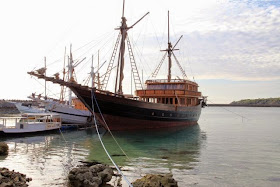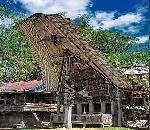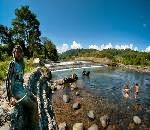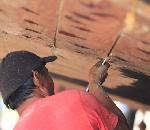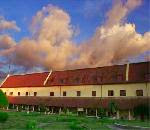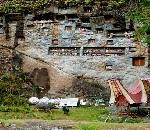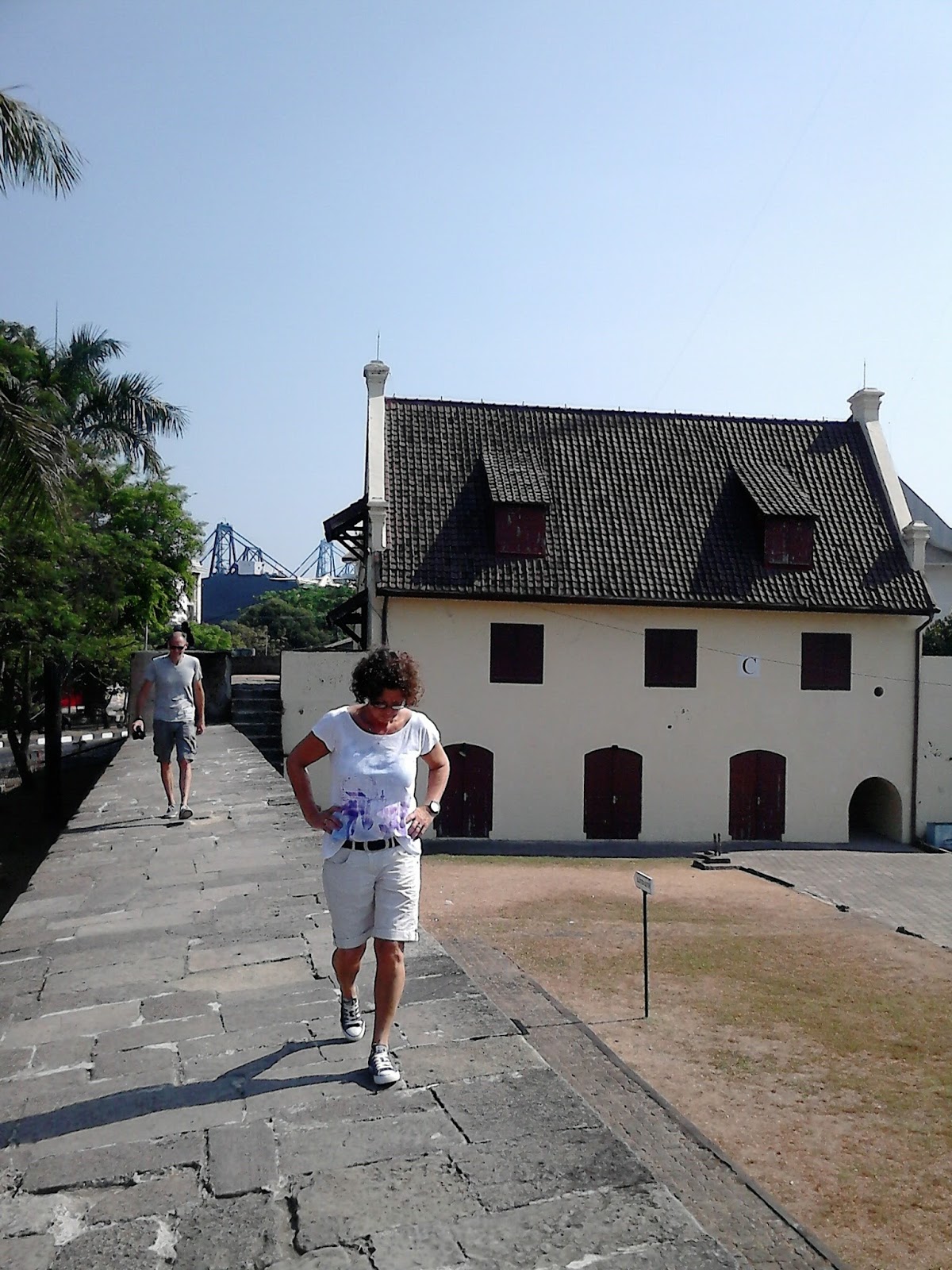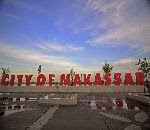The Stunning Taka Bonerate National Park
Home The Stunning Taka Bonerate National Park Stretching south of the main island of Sulawesi into the Flores Sea, the Taka Bonerate National Park in the Selayar Regency is a dominantly rich marine park, but it is also habitat to a number of bird species from land birds to coastal and sea birds that frolic on the many sand dunes. Image source: shutterstock The Island of Selayar is the gateway to this extensive 530,765 hectares national park, of which 220,000 hectares form an expanse of atolls and lagoons. Taka Bonerate is the third largest atoll region in the world after Kwajalein in the Marshall Islands and Suvadiva in the Maldives. Image source: https://id.wikipedia.org Taka Bonerate, together with Wakatobi , Ambon , Banda and Raja Ampat , together with Bunaken as well as the Derawan islands in Kalimantan, are at the heart of the Coral Triangle which stretches from the Solomon Islands in the east, t...

